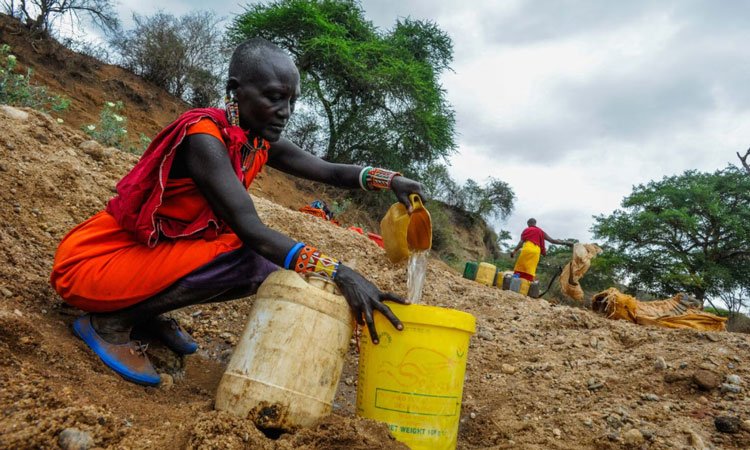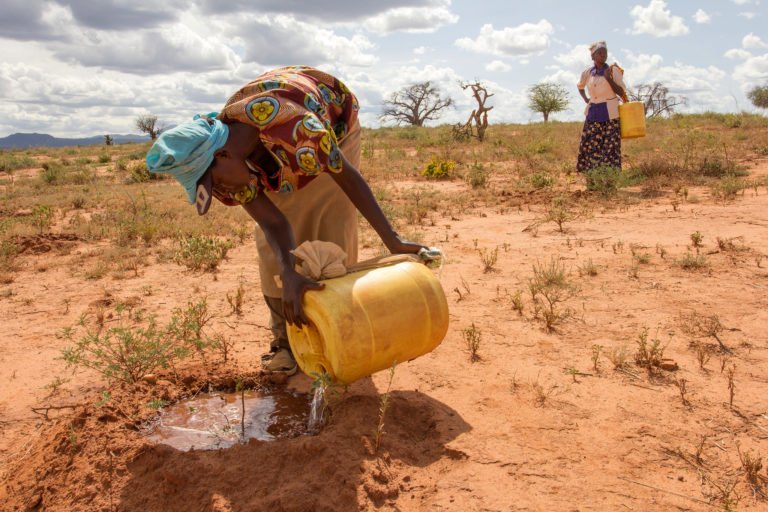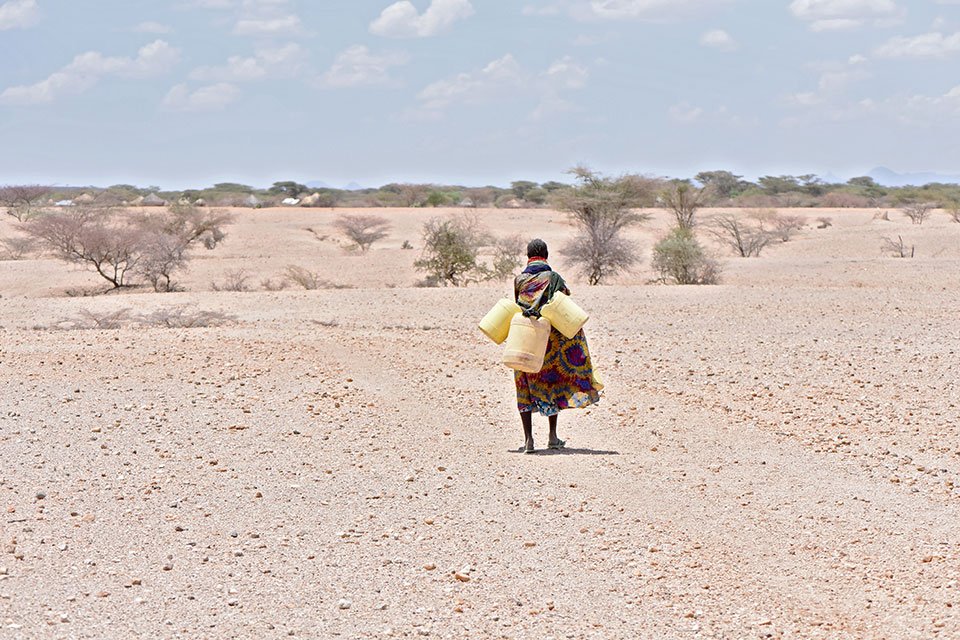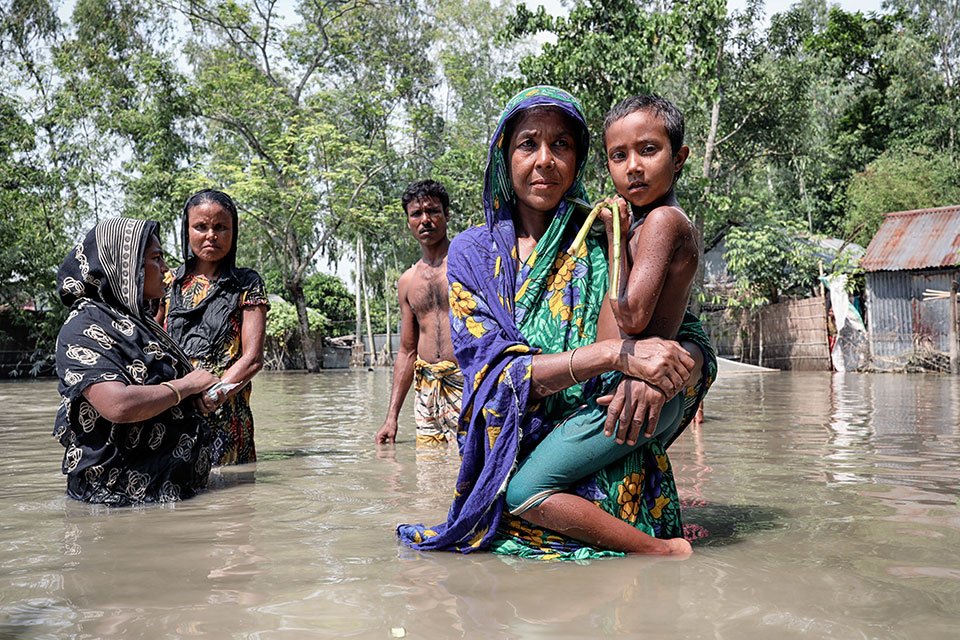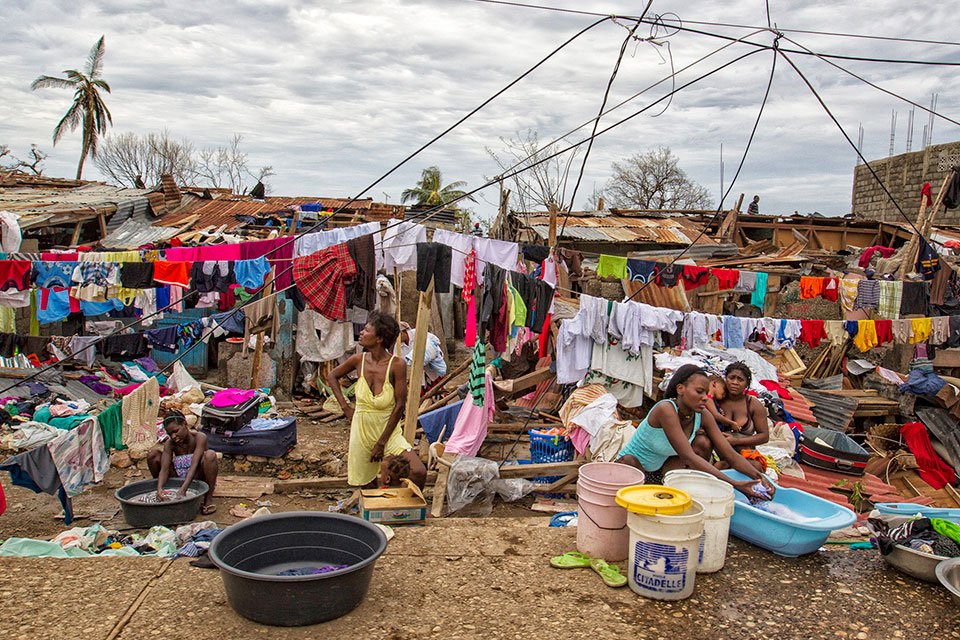Geneva, 31 January 2023 (TDI): Gender inequality is connected with the climate crisis according to the report issued by United Nations (UN).
This is a grave threat to health, livelihood, security, safety, and survival around the world for girls and women.
Connection between Gender and Climate change
In the past, scientists and policymakers pondered over the connection between climate change, social equities, and inequalities.
The interpreted data showed a close correlation between this phenomenon. It is important to reveal the disparate impacts of climate change and the linkages between women’s empowerment and effective, global climate action.
Linkage of Climate Change & Gender Inequality
The climate crisis is deeply impacting women and girls in almost every part of the world. The climate crisis is not “gender neutral”.
In fact, the climate change that is affecting women is amplifying the already existing inequalities. It is posing a unique threat to the survival, safety, livelihood, and health of girls and women.
Moreover, around the world, women are dependent on natural resources but lack access to them. In many regions of the world especially in the agriculture sector, women are bearing disproportionate responsibility for securing food, and water.
This is more prevalent in developing and third-world states. Agriculture is the sector that employed most women from low and lower-middle-income countries.

Likewise, climate issues such as drought, erratic rainfall, and erosion of soil are affecting productivity. This is resulting in a low level of income and revenue.
This is putting extra pressure on girls and women. Girls often have to leave school to help their mothers manage the increased burden, women that are directly engaged with the agriculture sector.
Climate change is multiplying the threat. It is a source of escalation of social, political, and economic tensions in conflict-driven and security-fragile areas.
This is resulting in increased vulnerabilities for girls and women such as conflict-related sexual violence, human trafficking, child marriage, and other forms of violence.
Moreover, when climate disaster strikes women are likely to be more injured and face disparities. Such as disparities in information, mobility, decision-making, and access to resources and training.
In the aftermath of crises girls and women lack opportunities and services. For example, lack of access to relief facilities like health, and emergency services.
Also read: UNDP launches Gender Equality Strategy
Also, during the climate crisis, women are more susceptible to health issues such as the Zika virus, Dengue Virus, Cholera, & Tuberculosis, and lack of access to schools, jobs & lack of social connections. This becomes a vicious cycle of vulnerabilities for girls and women.
Intersectional Feminism
According to this approach, women and girls during the climate crisis face diverse challenges and inequalities. These are acute for indigenous and Afro-descendent women and girls, older women, women and girls with disabilities, migrant women, and those living in rural, remote, conflict and disaster-prone areas.
Iqra is a research scholar. She writes on various platforms. She is the author of two books. Her research interest includes politics, International relations, diplomacy, peace, and conflict studies, public administration, sociology and history.



